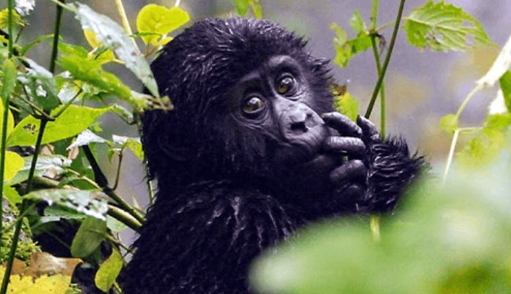The Life Cycle of a Gorilla
Gorillas are fascinating creatures that play a vital role in the ecosystems of their habitats. Understanding their life cycle not only deepens our appreciation of these magnificent primates but also highlights the importance of their conservation. This article delves into the various stages of a gorilla’s life, showcasing the challenges they face and the journey they undertake.
Early Life: Infancy and Childhood
Gorilla infants are born weighing about 4 to 5 pounds, relying completely on their mothers for warmth and nourishment. During the first few months, they cling to their mothers, developing strong bonds that are crucial for their survival. As they grow into toddlers, gorillas begin to explore their surroundings, learning essential skills through play and observation. It is during this stage that they also start mimicking adult behaviors, a crucial part of their learning process. Female gorillas become key figures in teaching the young, instilling survival techniques that will help them thrive in the wild.
Adolescence: Discovering Independence
As gorillas enter adolescence, typically around 4-6 years of age, they exhibit increased curiosity and independence. At this stage, they begin to venture further from their mothers, occasionally joining playful groups of peers. This exploration is vital for social development, as young gorillas learn to navigate complex social hierarchies within their troops. Males, particularly, start displaying signs of strength and often engage in play fighting, which helps them prepare for adulthood. This period can be tumultuous, with shifting dynamics in their social group as they assert themselves.
Adulthood: The Role of Dominance and Family Dynamics
Once gorillas reach adulthood, they typically become fully mature around 10-12 years for females and 12-15 years for males. Adult males, known as silverbacks, assume leadership roles within their family groups, protecting and guiding their troop members. Meanwhile, females usually form strong bonds within their family units, caring for their young and establishing a nurturing environment. The dynamics in a gorilla troop are complex, with males competing for dominance and females often playing a stabilizing role. This stage of life emphasizes the importance of social structures, which are critical for the group’s overall health and survival.
In Conclusion
The life cycle of a gorilla reveals the remarkable journey these creatures undertake from infancy to adulthood. Each stage is rich with experiences that shape their relationships and survival strategies. By learning about gorillas and their life cycles, we can foster greater awareness about their conservation needs. If you’re intrigued by the wonders of gorillas, consider exploring more about their habitats and how you can contribute to their protection. Maybe you would like to explore some gorilla statues.

